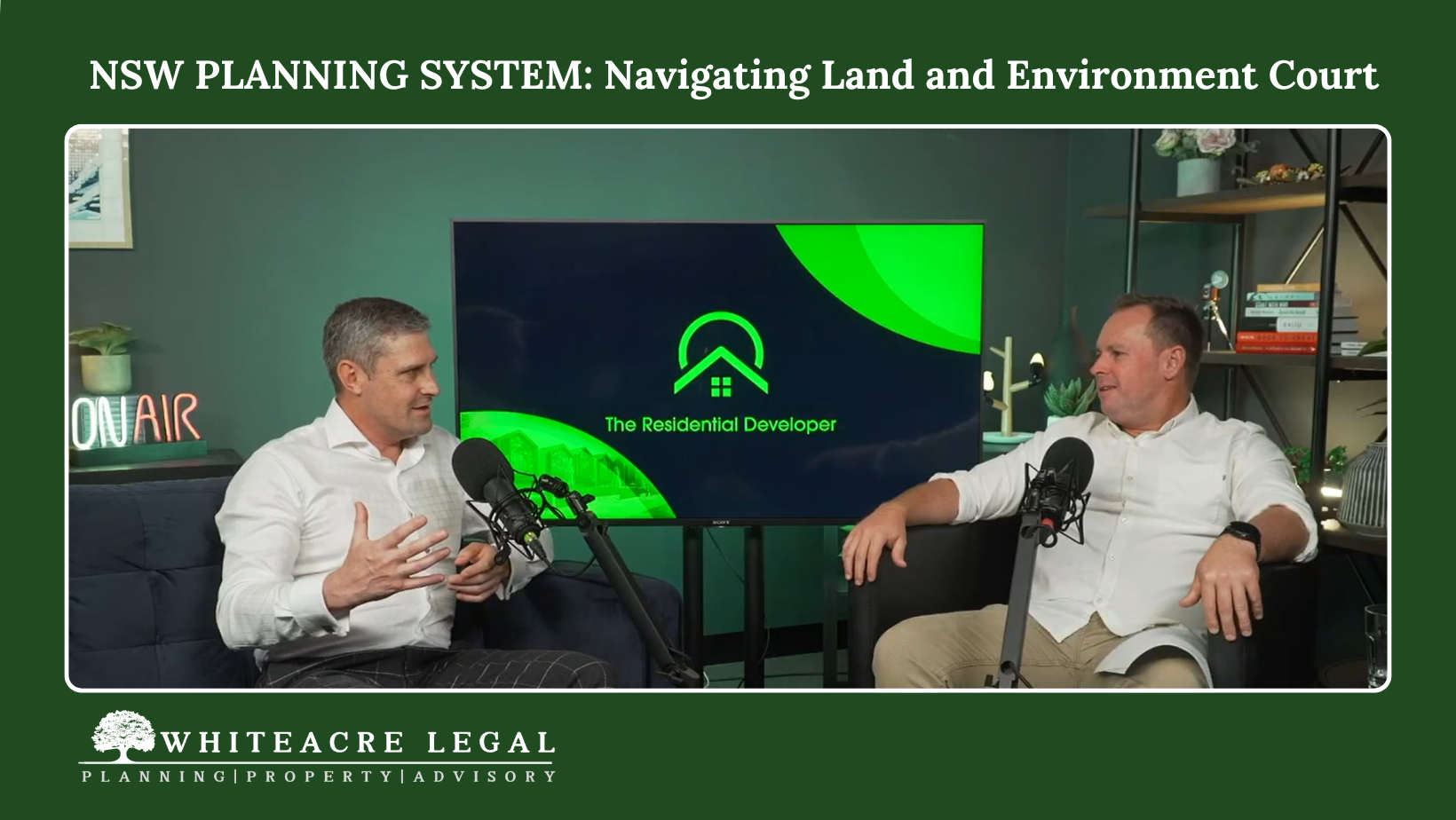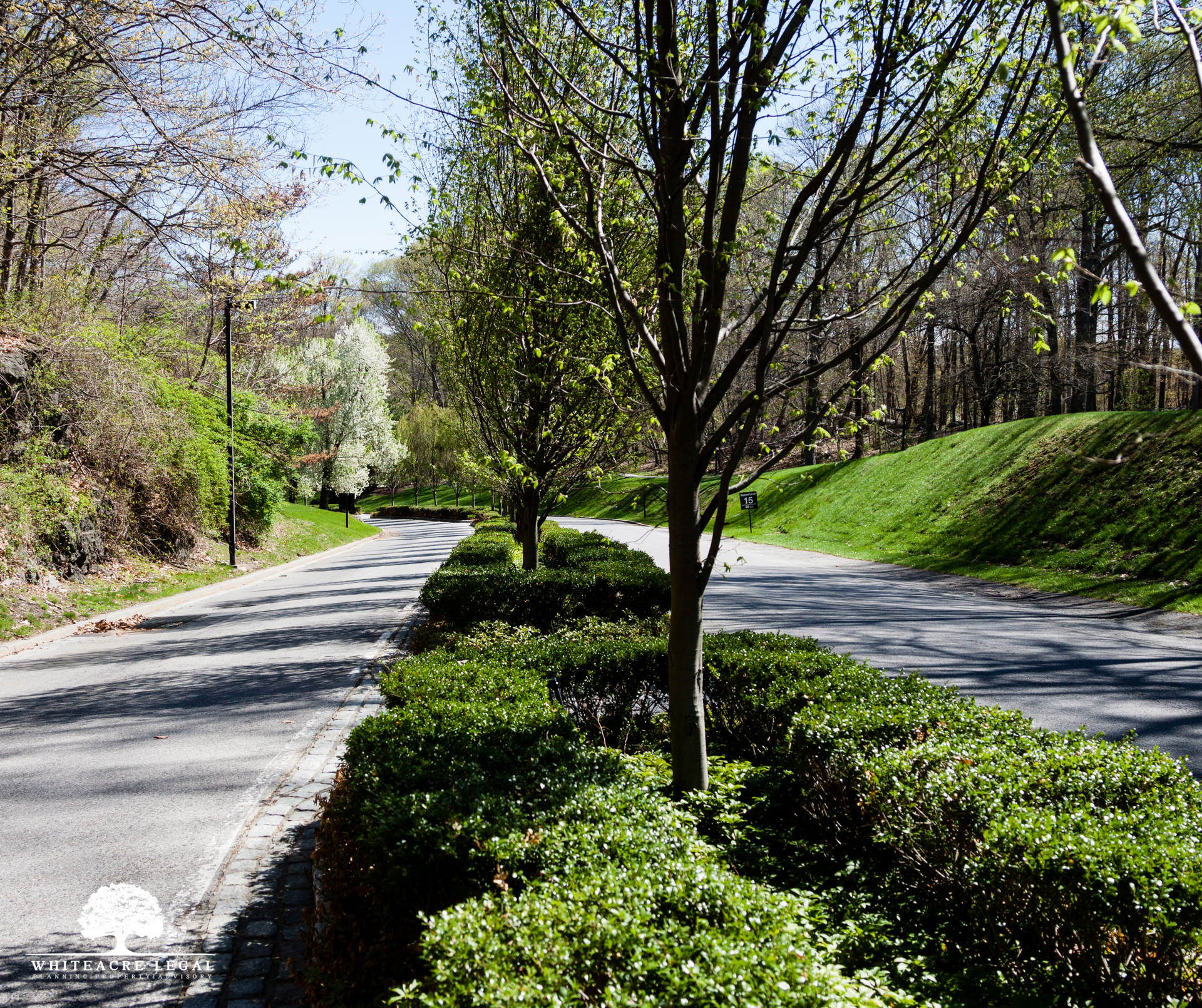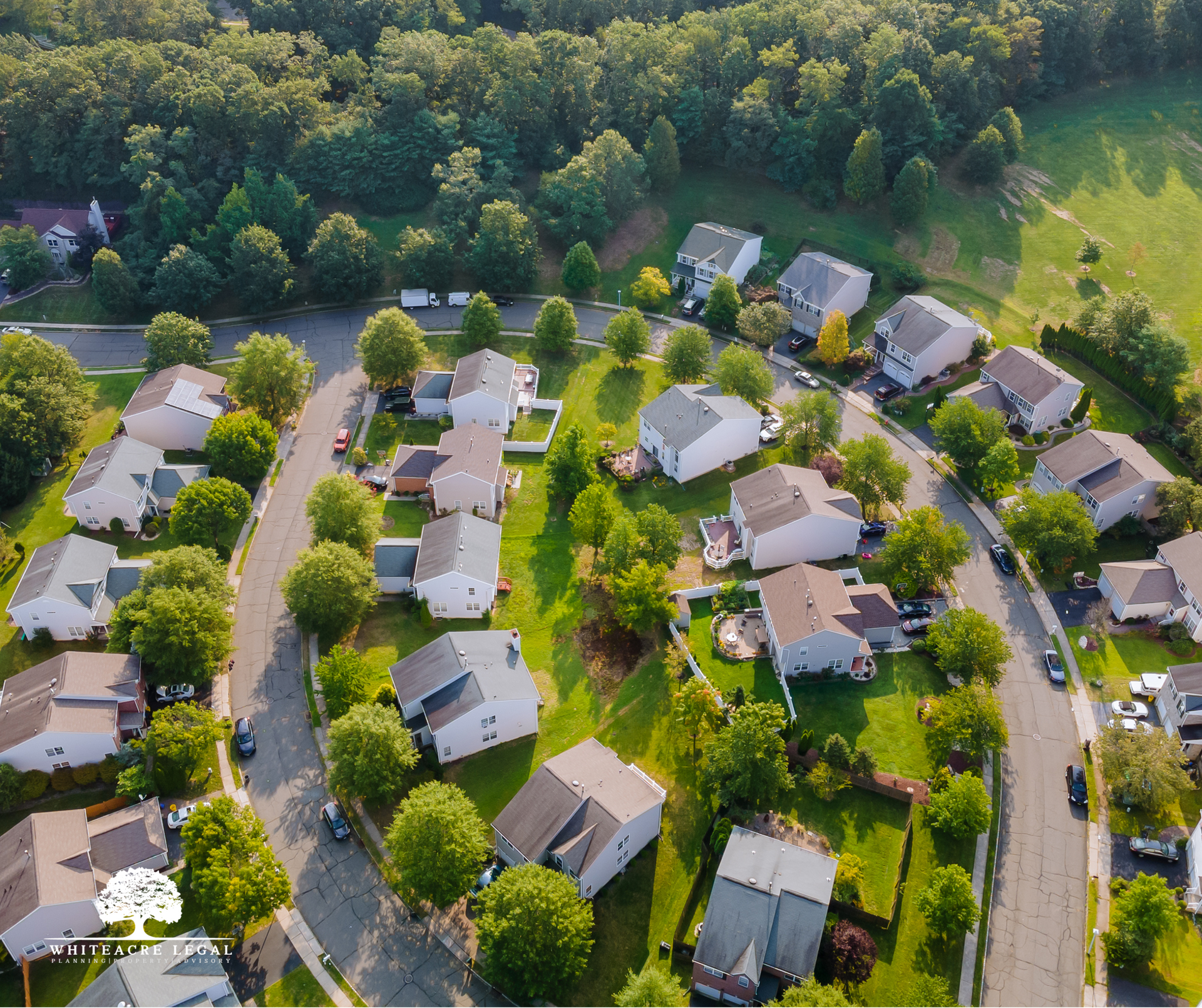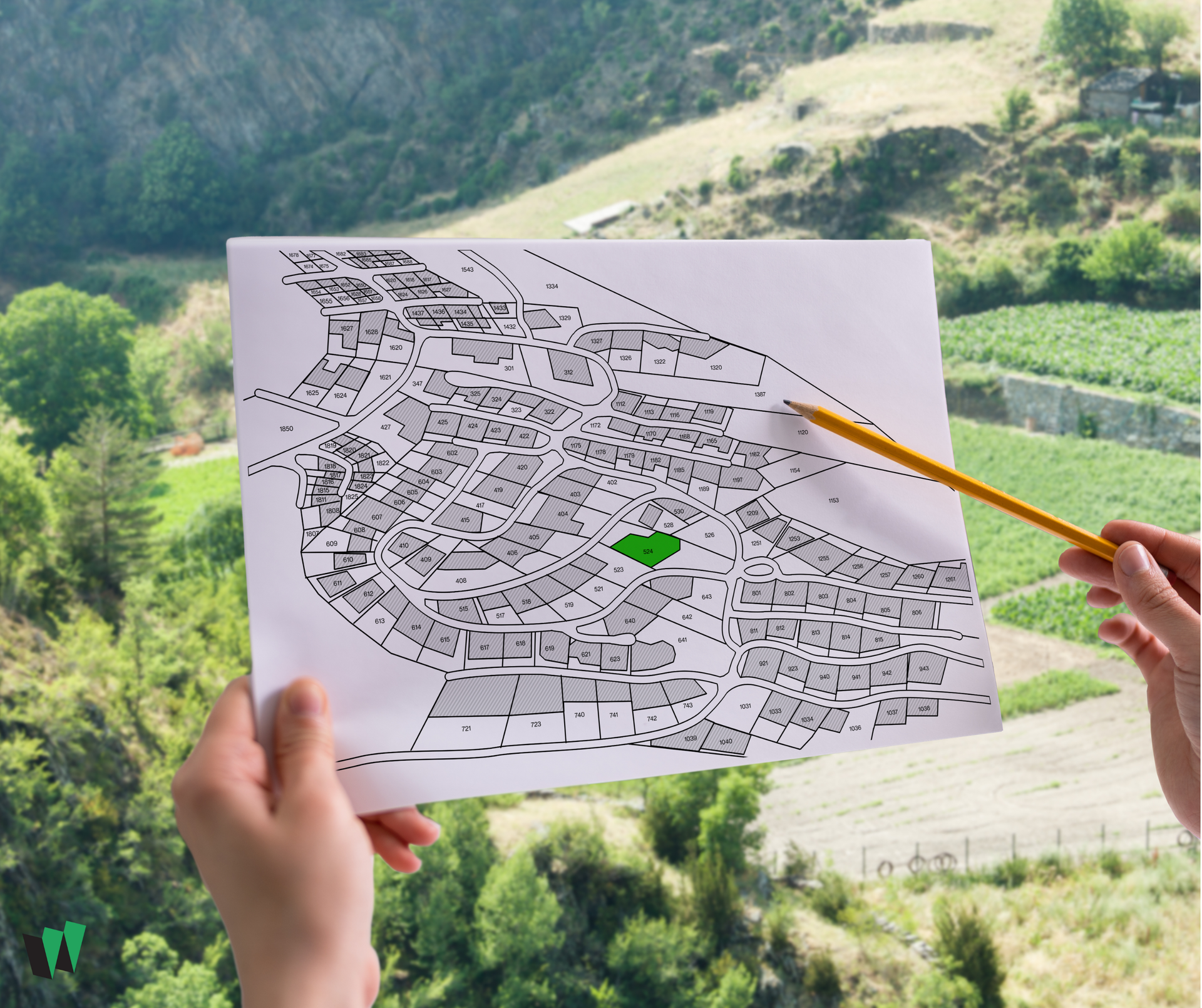A Guide to Easements and Ancillary Rights - Part 2
Introduction
Part One of this article discussed the nature of rights ancillary to the grant of an easement generally and more, specifically, issues like parking in the easement site. To read that article, click here.
This article follows Part One and discusses common issues like who is responsible for maintenance of the easement site, increasing or changing the use of an easement and liability for injury or damage while using the easement.
Ancillary rights and obligations
Maintenance of the easement site
Unless the terms of the easement dictate otherwise, an easement does not normally impose on the owner of the burdened land an obligation to repair or maintain the easement site: Jones v Price [1965] 2 QB 618.
Rather, the owner of the burdened land must not do anything that would obstruct or hinder enjoyment of the easement. If the owner of the benefited land wants to use the easement, it must do the work necessary to ensure the easement remains useable: Duncan v Louch (1845) 6 QB 904. To that end, the owner of the benefited land has an implied right to enter the burdened land to do whatever is reasonably necessary to ensure continued use of the easement, but may not broaden or enlarge the ambit of the easement: Zeneare v Leate (1980) 1 BPR 9300.
The owner of the benefited land must not access the burdened land in a way that interferes with the use of the burdened land any more than is reasonably necessary. While there may be a right for the owner of the burdened land to be consulted and provide input, ultimately the choice of method of work or maintenance proposed remains with the owner of the benefited land: Burke v Frasers Lorne Pty Ltd (2008) 14 BPR 26,111. The rationale being that in performing maintenance, the owner of the benefited land is exercising its rights under the easement and will be the party responsible for paying for the maintenance.
In limited circumstances, the owner of the benefited land may be liable for damage to the burdened land where failure to maintain the easement results in damage to the burdened land. For example, if the owner of benefited land fails to maintain pipes laid on the burdened land resulting in leakage, the owner of the benefited land may be liable for damage caused by escaping water: Comserv (No 1877) Pty Ltd and another v Wollongong City Council
[2001] NSWSC 302.
Enlarging and changing use
As a general rule, provided the owner of the benefited land seeks to use the easement in accordance with the terms of its grant, the owner of the servient tenement may not object to an increase in that use. Like all general rules though, this rule is subject to exception and the increased user of the easement must not be excessive: Twomey v Blanch (2008) 14 BPR 26,145.
Rights of carriageway can become contentious where the use of the benefited land changes or that land is sought to be subdivided. The terms of the easement are not constrained to the use to which the easement was put at the time of the grant. For example, the use of a right of carriageway for the passing of cars to and from a single house may be expanded where the house is converted to a boarding house or lodge: White v Grand Hotel, Eastbourne Ltd [1913] 1 Ch 113; Graham v Philcox [1984] QB 747. Similar considerations arise with respect to subdivision of the land benefited by an easement. The owner of the burdened land may not object to an increase in use where the subdivision of the benefited land results in increased use of the easement site by virtue of the increase in new owners. The easement registered on the title to the benefited land will pass down to the newly created lots when the benefited land is subdivided and new titles are created.
In Sertari Pty Ltd v Nirimba Developments Pty Ltd [2007] NSWCA 324, the NSW Court of Appeal held that an owner of burdened land was not entitled to withhold its consent in relation to a development application for the proposed construction of residential buildings comprising 236 units and underground parking for 351 vehicles on the benefited land. The development would greatly increase the traffic on the right of way over the burdened land during the construction phase and afterwards. In that case, the Court held that the terms of the grant were clear and since the easement was a right “for all purposes and at all times to pass and repass” all new owners in the residential subdivision were entitled to use the right of carriageway and questions of excessive use did not arise.
Liability for injury or damage
Another question that commonly arises is the liability of the owner of burdened land for injury or damage suffered by a person whilst exercising their rights under the easement while on the burdened land. This is a complex subject and extends beyond the realms of easements and property law into personal injury and negligence. Again, the terms of the easement itself will be important, for example requirements in relation to insurance and indemnities. Generally speaking, (if the easement is silent on the issue) the owner of burdened land would only be liable for injury/damage to a person entering that land under the easement where the owner of the burdened land is negligent. That is, under the laws of negligence, a landowner has a duty of care not to cause injury to people or their property. The level of this duty is that of a reasonable person, exercising foresight and caution. If the owner of the burdened land fails to take reasonable precautions to prevent reasonably foreseeable harm where the risk of harm is not insignificant and damage or an injury is suffered, they could be held liable for damages.
Conclusion
Whilst seemingly simple, easements often raise complex questions of interpretation and particularly with regard to ancillary rights and obligations.
Answers to these questions are not always straightforward and will depend heavily on the individual circumstances of each case.
If you wish to discuss this blog or have any questions regarding easements or other property law related issues please contact Mark Evans on detail below.
Require further assistance? please do not hesitate to call us on (02) 9145 0900 or make an enquiry below.
We will get back to you as soon as possible.
Please try again later.
Browse by categories

Servicing all of NSW, Whiteacre provides expert property law and planning and environment law advice and assistance.
✓ Planning Law Advice
✓ Land and Environment Court Appeals
✓ Voluntary Planning Agreements and Contributions
✓ Development Control Orders and Enforcement
✓ Property Development Advice and Due Diligence
✓ Title Structuring
✓ Easements and Covenants
✓
Strata and Community Title legislation
Book an initial consultation through our website with our planning law solicitor. Whether it's about planning and environment law or property law, you can approach us and discuss your matter to make sure we are a good fit for your requirements.
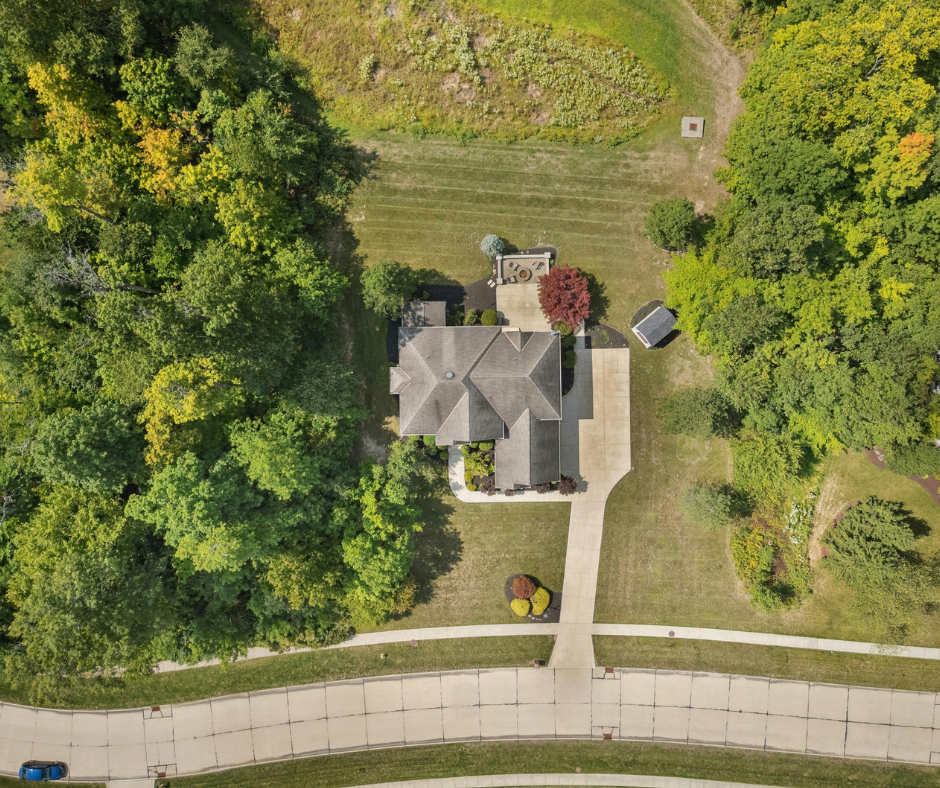
Need expert advice?
Whiteacre Legal are committed to achieving solutions for clients.
Book an initial consultation today so we can assist you further.
Contact Us
We will get back to you as soon as possible.
Please try again later.

Whiteacre is a boutique property law firm specialising in planning and environment law. We bring more than 20 years of experience acting for private developers, private equity funds and local councils, giving us a unique insight into the significant challenges that each side faces for development applications, planning agreements or support for complex litigation matters.
Get In Touch
Phone:
Head Office
Wollongong
Suite 3, 129 Crown Street,
Wollongong NSW 2500
LinkedIn Page

News and Insights


Whiteacre is a boutique planning and property law firm specialising in planning and environmental law. We bring more than 20 years of experience acting for private developers, private equity funds and local councils, giving us a unique insight into the significant challenges that each side faces for development applications, planning agreements or support for complex litigation matters.
Get In Touch
Phone
Head Office
Wollongong
Suite 3, 129 Crown Street, Wollongong NSW 2500
Other Locations
LinkedIn Page
News and Insights

Client Reviews

Slide title
Write your caption hereButton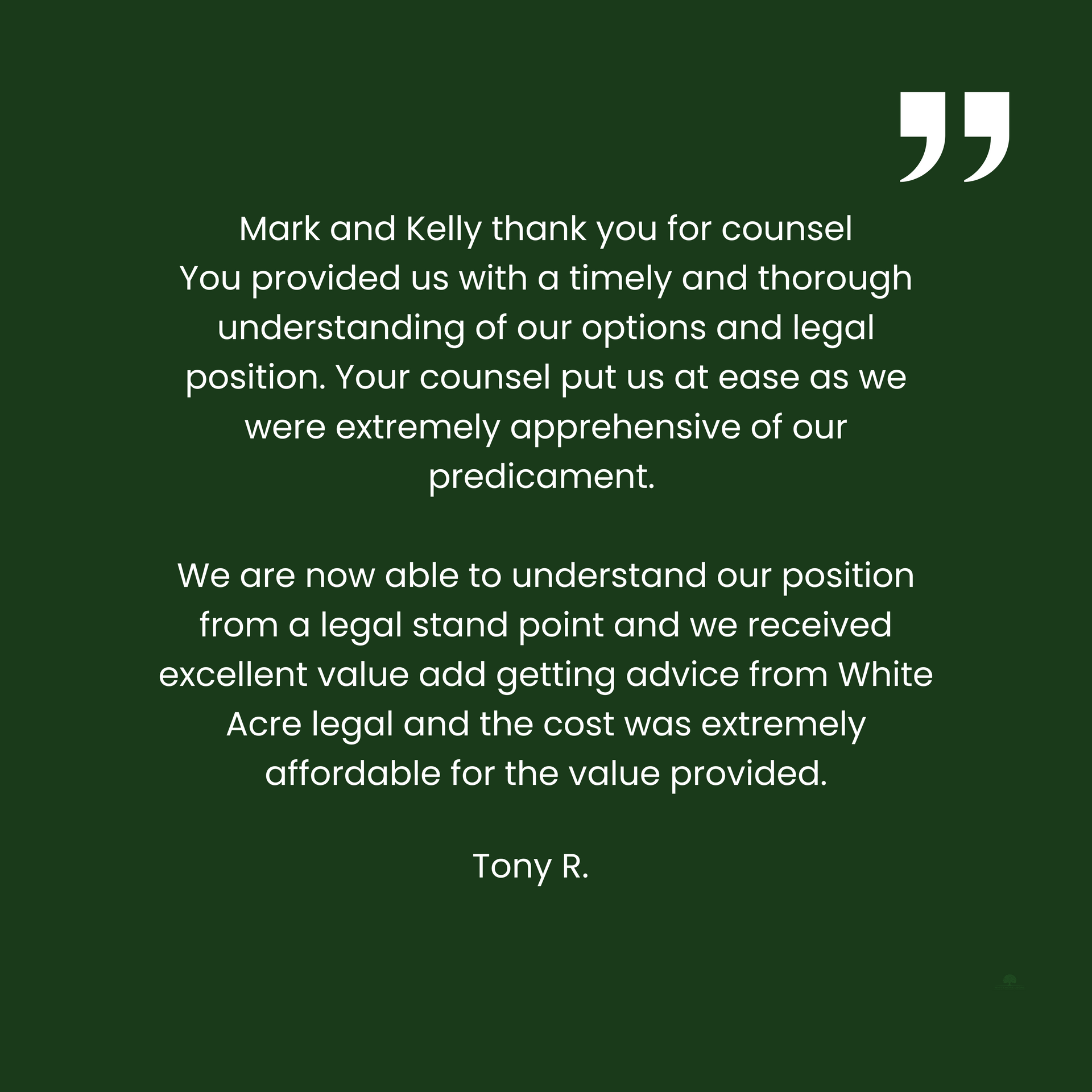
Slide title
Write your caption hereButton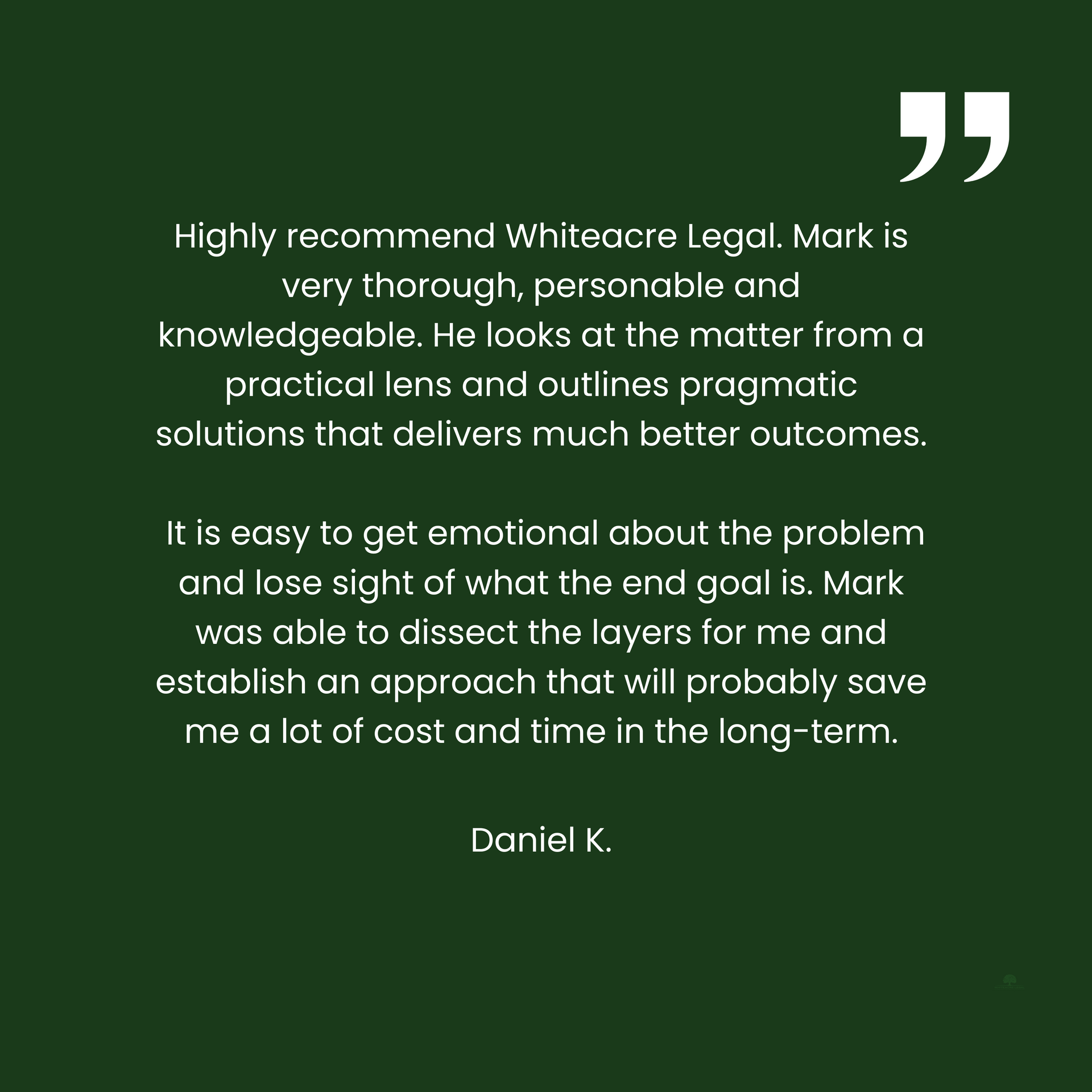
Slide title
Write your caption hereButton
Slide title
Write your caption hereButton
Slide title
Write your caption hereButton
Slide title
Write your caption hereButton
Slide title
Write your caption hereButton
Slide title
Write your caption hereButton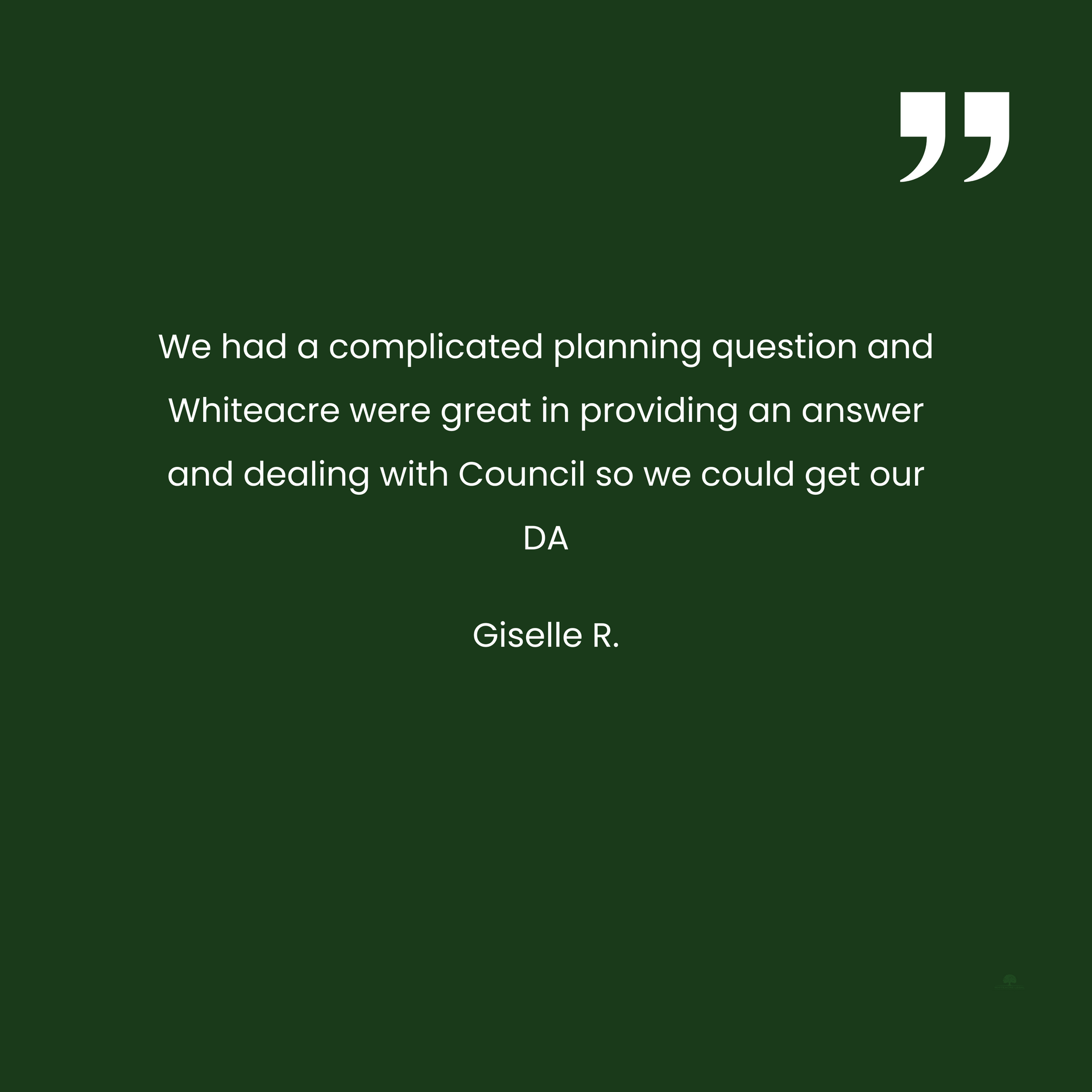
Slide title
Write your caption hereButton
Slide title
Write your caption hereButton
Slide title
Write your caption hereButton
Slide title
Write your caption hereButton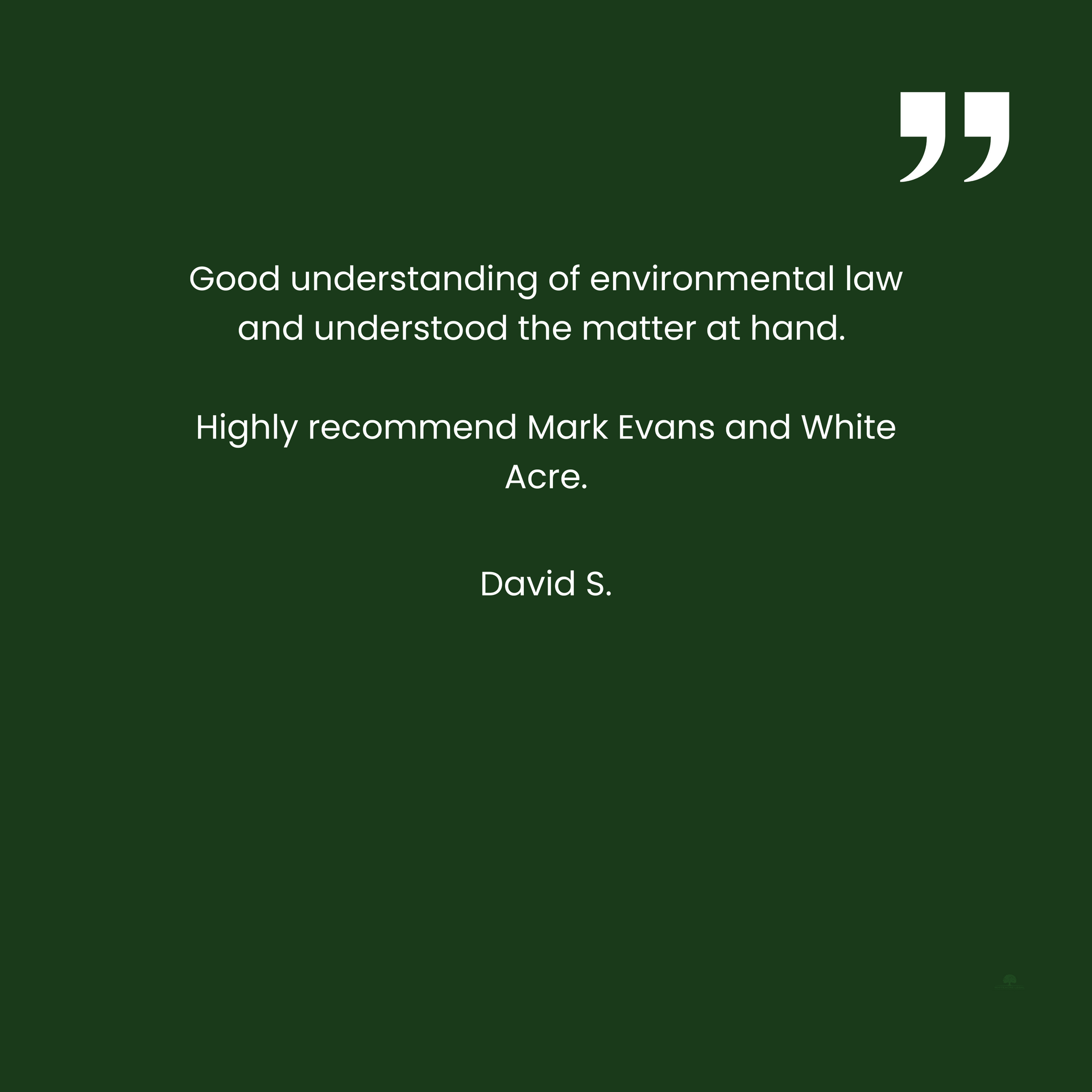
Slide title
Write your caption hereButton
Slide title
Write your caption hereButton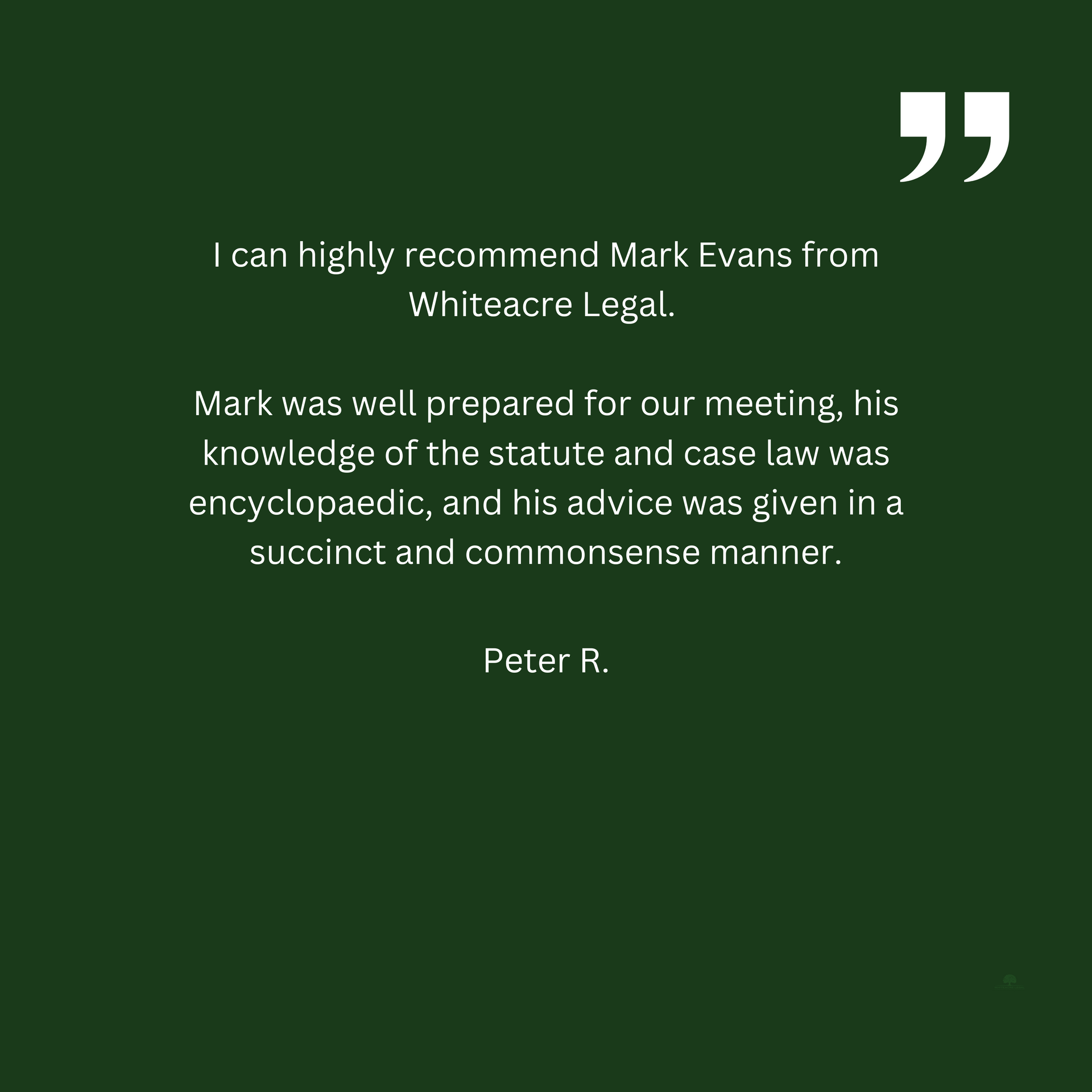
Slide title
Write your caption hereButton
Slide title
Write your caption hereButton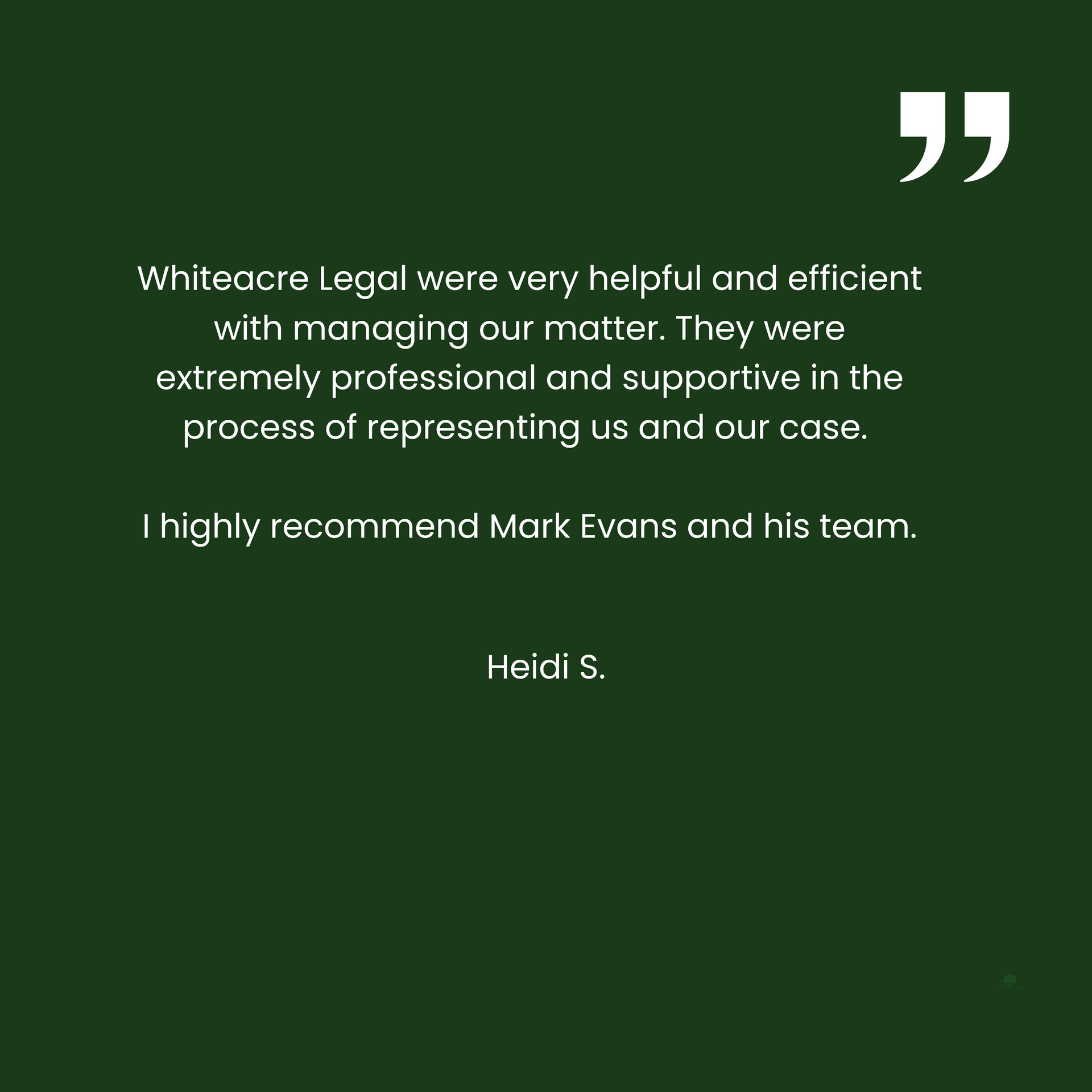
Slide title
Write your caption hereButton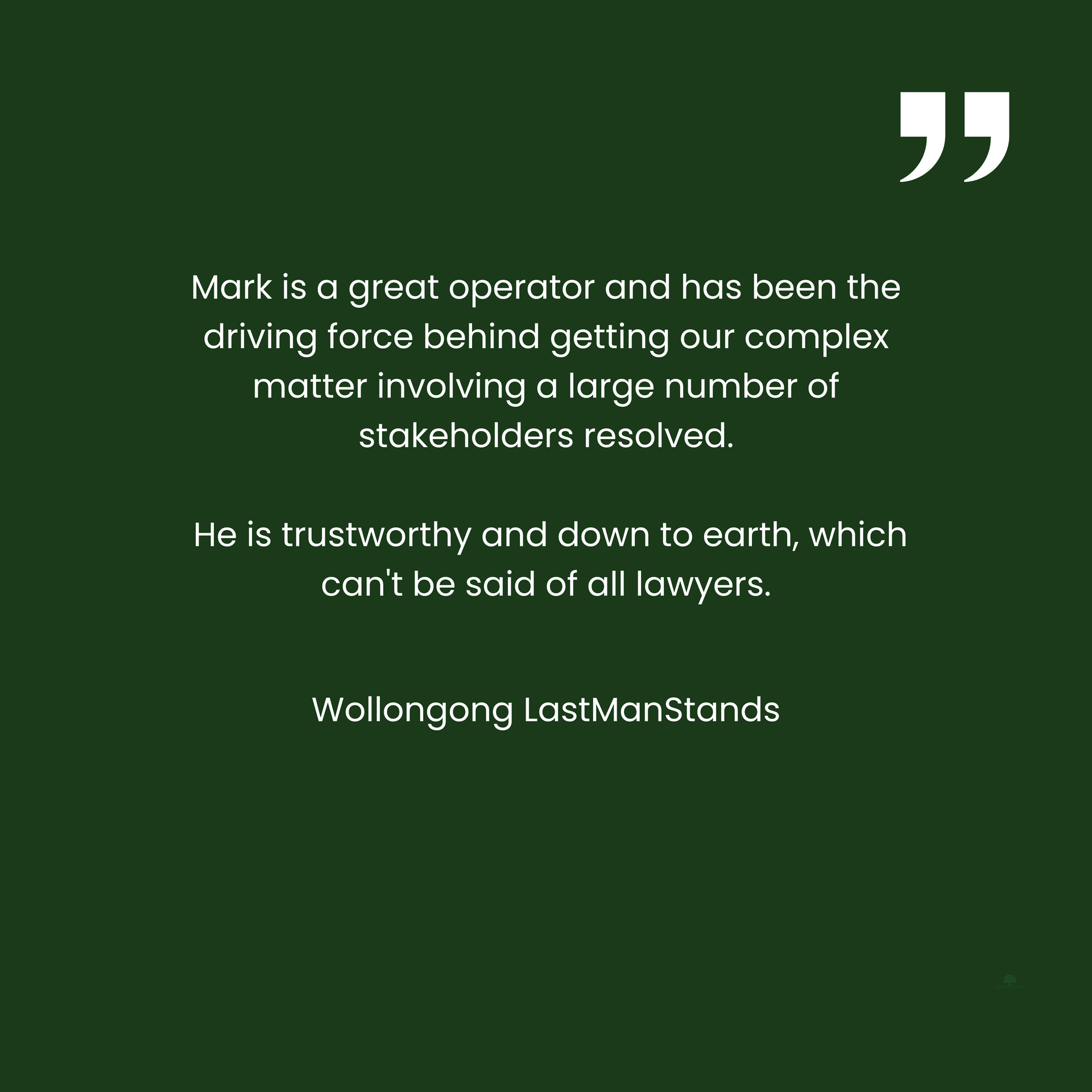
Slide title
Write your caption hereButton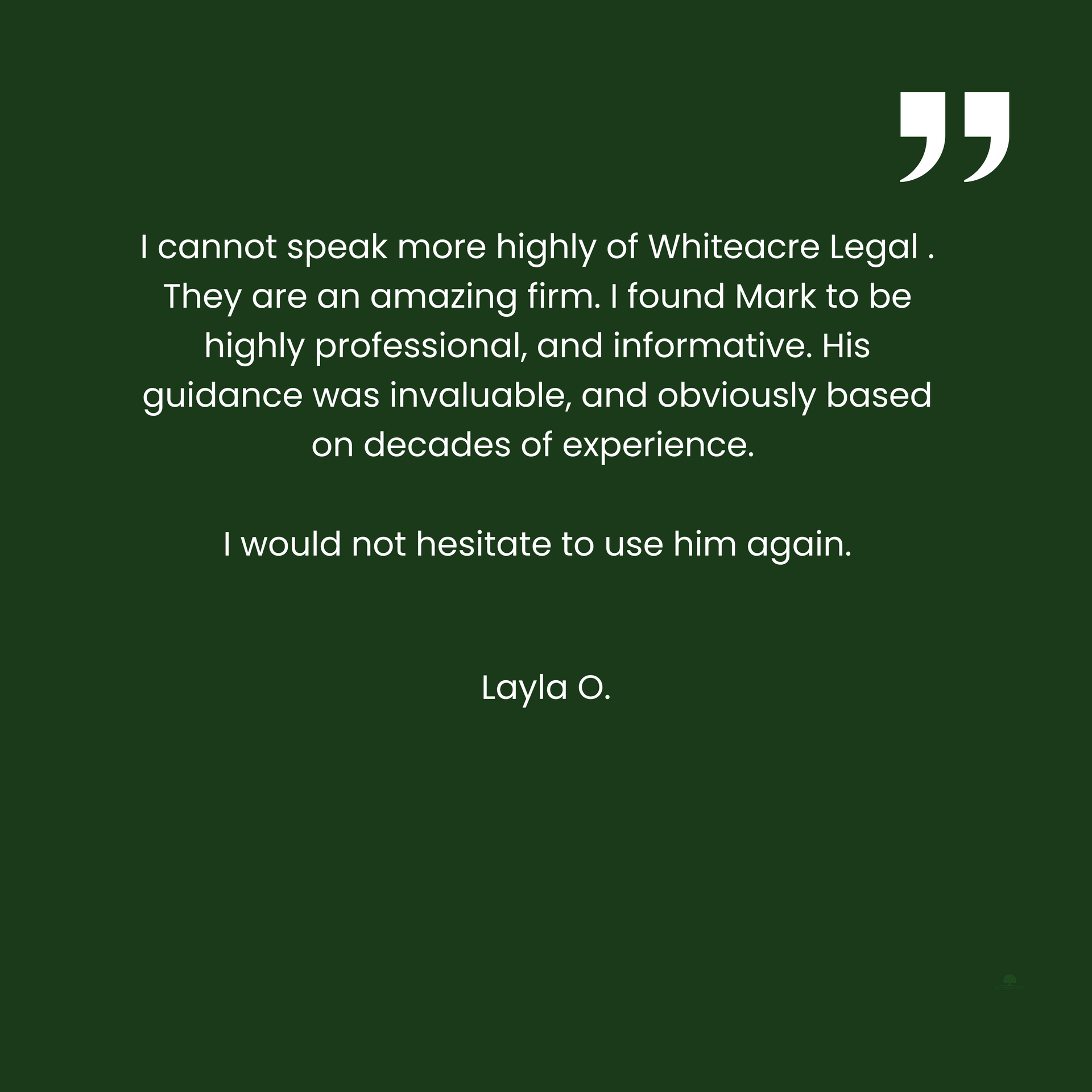
Slide title
Write your caption hereButton
Slide title
Write your caption hereButton
Slide title
Write your caption hereButton
Slide title
Write your caption hereButton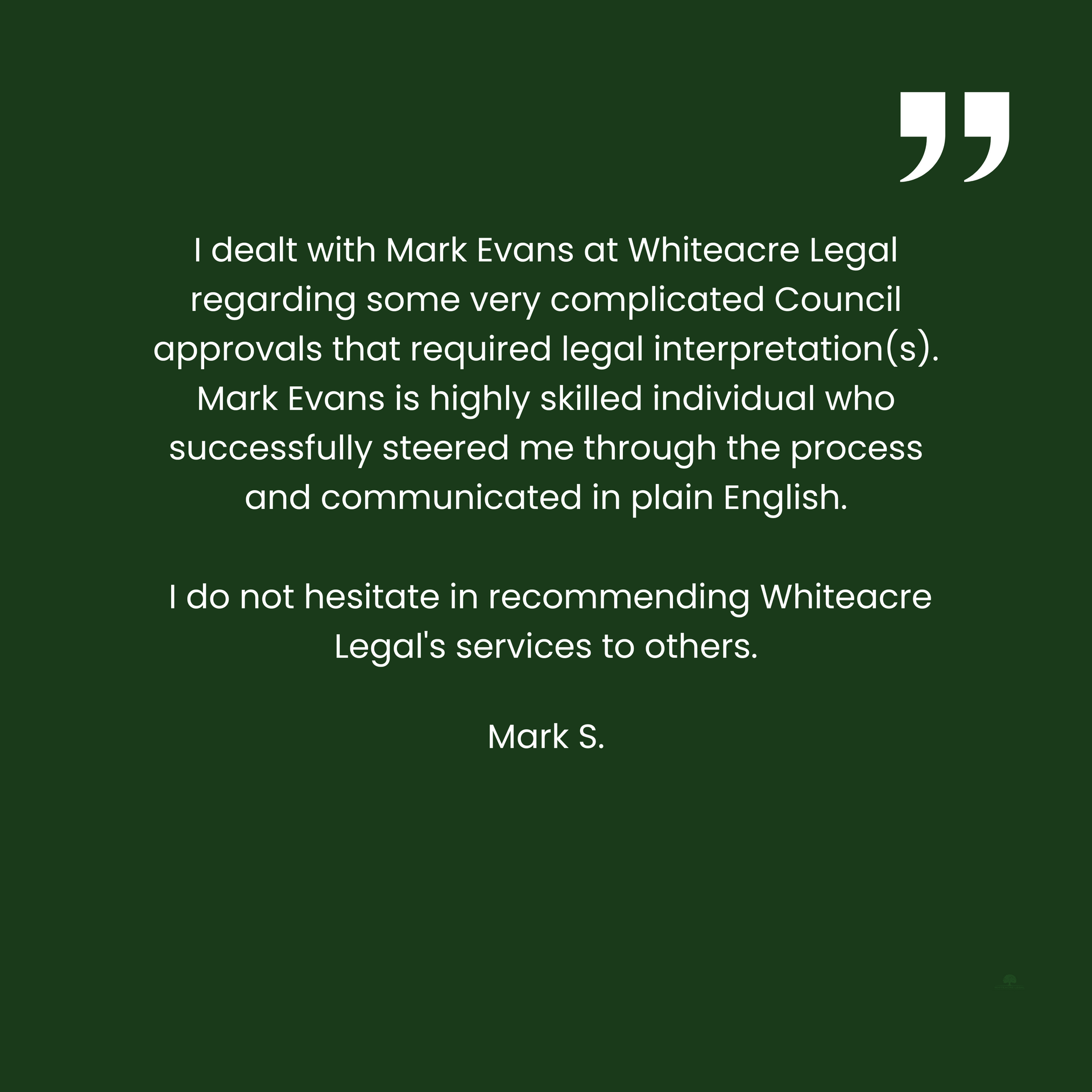
Slide title
Write your caption hereButton
Copyright 2024 Whiteacre Legal

